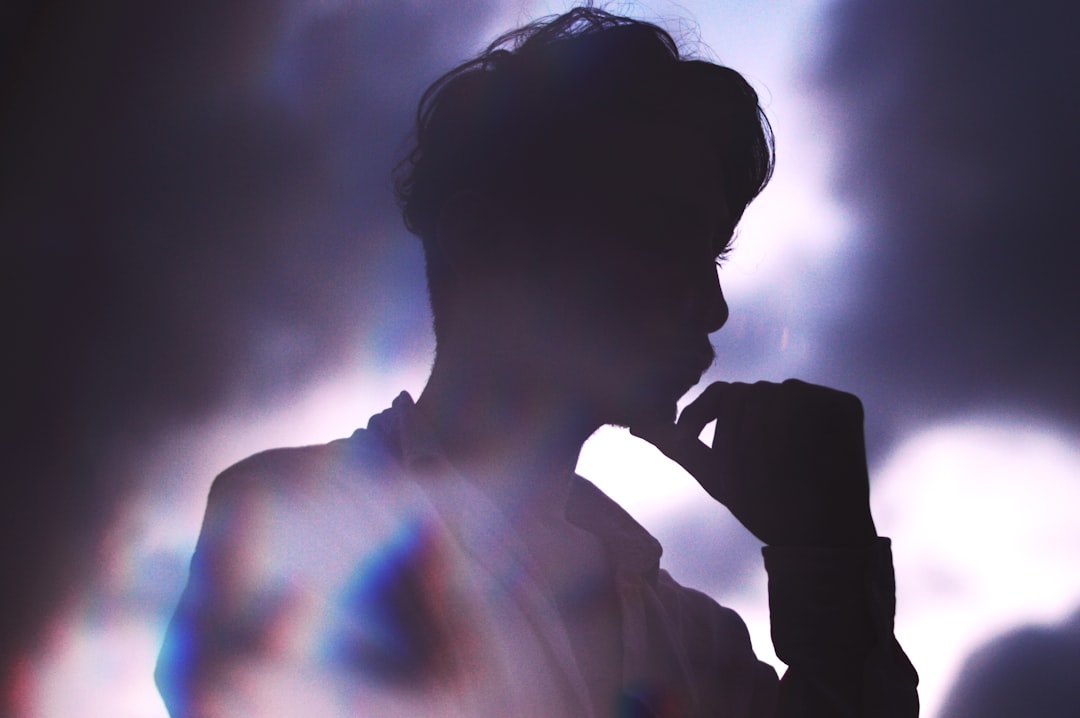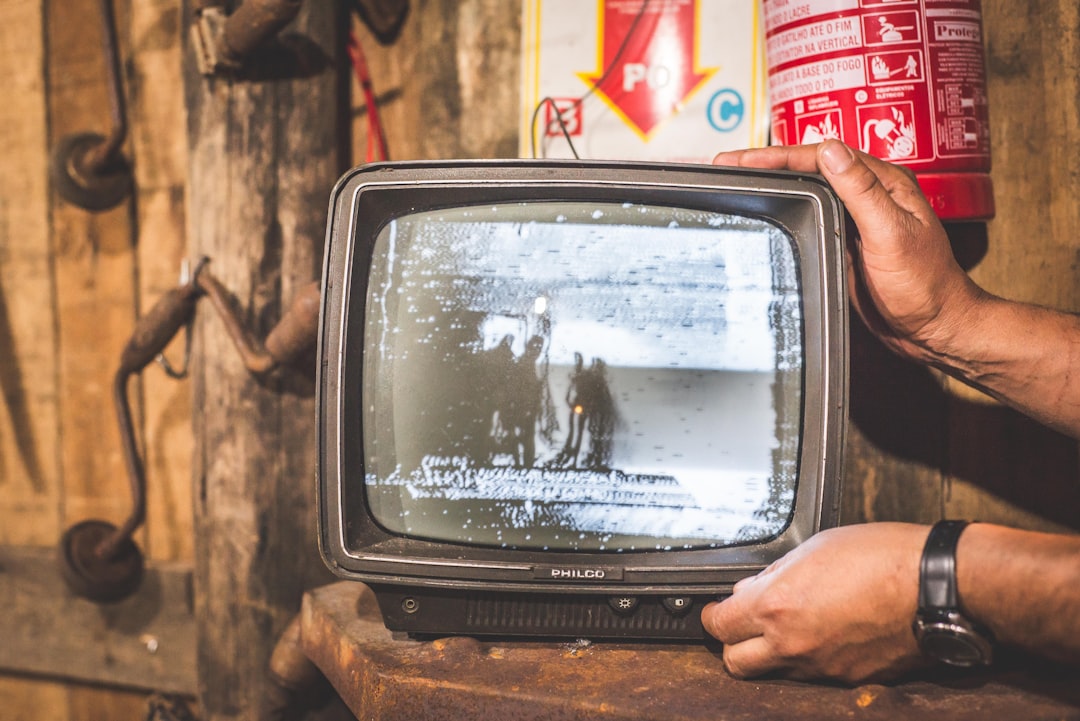What is it about?
This article is divided into two sections. It first talks about how Hindi Cinema before the 1990s treated dance and dancers on screen and in the film narratives, where dance was a hobby for the heroine and a profession for the vamp. This reflected the relationship of the upper-caste, middle-class society towards dance, hence the dominant ideology, who looked down upon the idea of taking up dance as a profession. I not only see this as a continuation of the taboo towards hereditary dancers ("devadasi", "tawaif" etc.) but also as the ideology of formal subsumption (following M. Madhava Prasad), where art became the site of expression of the uneasy relationship of the Indian state with capitalism. I call this the ideology of amateurism. In the second part of the article, I show through textual reading of Bollywood dances, how with the liberalization of the market and the onset of neoliberalism, this relationship has changed. Dance, like any other art form, is now considered a profession, and hence the change in the Hindi film narratives where heroines can now unabashedly express their desire to dance, and to consume in the neoliberal market.
Featured Image

Photo by Naganath Chiluveru on Unsplash
Why is it important?
This scholarship is important in its attempt to theorize the changing relationship of Indians to art and how that gets reflected on screen.
Read the Original
This page is a summary of: The disavowal of dance as labour in popular Hindi cinema, Studies in South Asian Film & Media, December 2020, Intellect,
DOI: 10.1386/safm_00029_1.
You can read the full text:
Contributors
The following have contributed to this page










